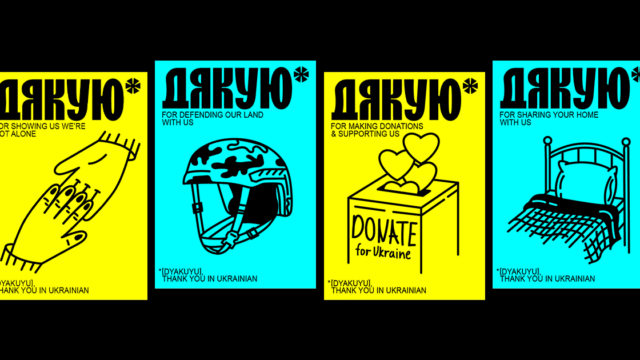On Jan 25, join experts at Adweek Outlook 2023, a live virtual event, for trend forecasting, tips and tools. Register Now.
It can seem obvious—perhaps even trite—to say that expressing gratitude is an important part of the human experience.
Nevertheless, it often seems like a struggle to incorporate gratitude into our daily lives. This difficulty is certainly not due to the absence of gratitude’s positive impact. In fact, wide bodies of research show that an attitude of gratitude is highly beneficial to relationships, physical health, mental health and overall well-being.
So, there is little question of the importance and value of saying “thank you” often—but did you know that a sincere expression of gratitude may also help your brand’s bottom line?
A study recently published in the International Journal of Advertising found that ads containing an expression of gratitude can significantly increase consumers’ perceptions of the brand sending the message. The study’s authors examined the effects of high- and low-effort expressions of gratitude on consumer favorability and trust. They found that high-effort expressions of gratitude (e.g., a message expressing appreciation for the consumer combined with a small gift or free product or service) resulted in consumers rating the brand more positively than if the brand delivered a low-effort expression of gratitude (e.g., a simple message of appreciation).
These elevated positive ratings of the brands using high-effort messaging were found to be mediated by a greater sense of trust in the brands—meaning consumers felt the high-effort expressions of gratitude were more sincere and that the brands delivering them were actively promoting a reciprocal and mutually rewarding relationship.
Additionally, the study found that low-effort expressions of gratitude could also increase positive ratings of the brands delivering the message, but only when the consumers were personally identified as the specific target of gratitude within the message—meaning, when the expression of appreciation strongly reflected the personal investment of the consumers (e.g., thanking them for supporting a specific product or taking part in a specific campaign), they rated the brand more positively than if an expression of gratitude was absent altogether, or if the message of gratitude had been low-effort and vague.
A great example of these high- and low-effort expressions of gratitude comes from a 2010 American Airlines campaign that focused its commercials (and expression of thanks) directly toward military personnel for their public service. In addition to personally identifying a specific subset of clients in their expression of gratitude, this campaign also reiterated their policy of providing free pre-boarding service to military personnel as another way of thanking that specific subset of clients for their patronage.
Expressions of gratitude can make a big difference, but the sincerity of those messages is often what drives positive results. This principle is illustrated by another recent study that examined the effects of expressions of gratitude on consumers’ intent to purchase.
The researchers found that expressions of gratitude typically increase purchase intent, but only when they are congruent with the “sincerity” of the brand. If the brand identity is perceived as “exciting” or seemingly incongruent with the gratitude being expressed, those messages of gratitude can actually lower consumers’ intent to purchase.
A powerful example of gratitude that matches the sincerity of the brand’s identity can be seen in P&G’s “Thank You, Mom” ad campaigns. Known for its personal and housecare products, P&G’s messages of gratitude during the Olympic Games were on point for not only for personally identifying the subset of consumers they were thanking (mothers) but also for having that expression of gratitude be consistent with the generally perceived identity of the brand.
So, it turns out that our parents were right: It is important, even advantageous, to say “thank you.” And it’s imperative to say it the right way.
During this holiday season, and moving forward into the new year, keep three key things about gratitude in mind: Consider offering a small token of appreciation along with your message of gratitude; be specific in who you are thanking, and why their contribution was important; and make sure your messages of gratitude are consistent with your brand identity.
https://www.adweek.com/brand-marketing/how-brands-can-thank-consumers-in-a-way-that-drives-sales/


